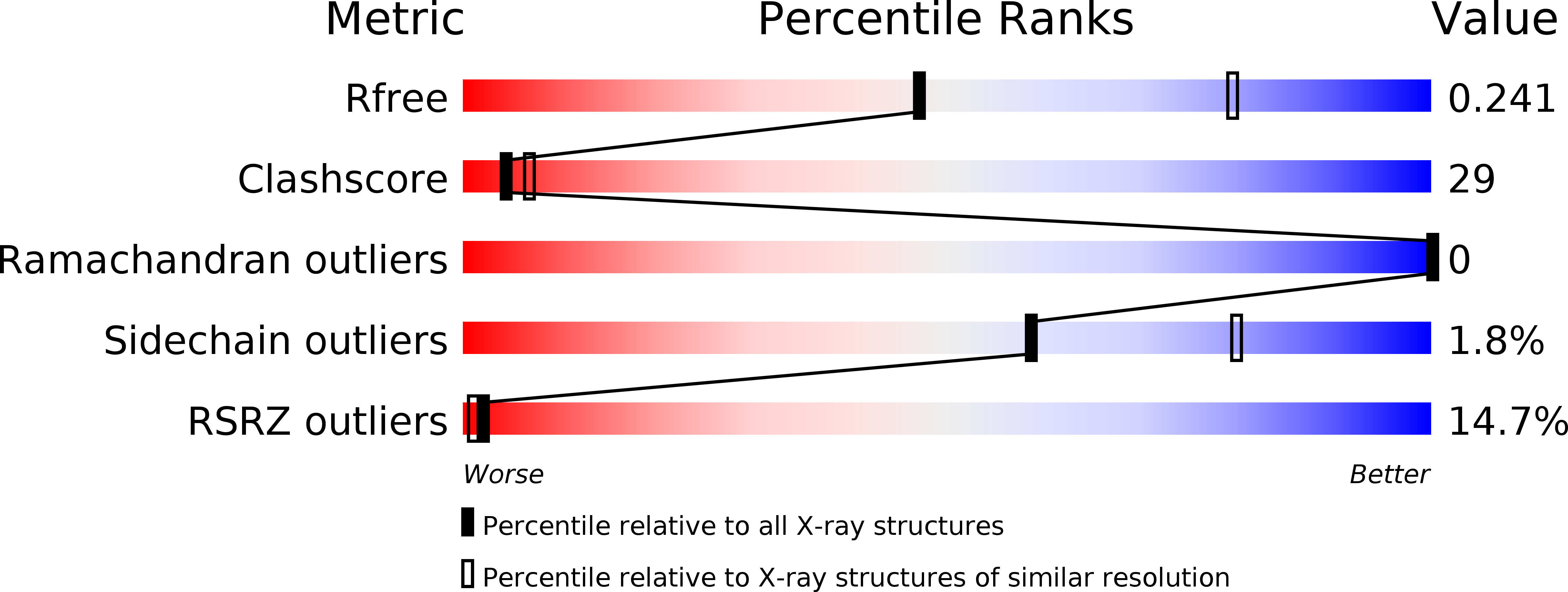
Deposition Date
2011-12-29
Release Date
2013-02-20
Last Version Date
2024-11-06
Entry Detail
PDB ID:
3VAC
Keywords:
Title:
Crystal Structure of the CFA/I Enterotoxigenic E. coli adhesin CfaE mutant G168D
Biological Source:
Source Organism:
Escherichia coli (Taxon ID: 562)
Host Organism:
Method Details:
Experimental Method:
Resolution:
2.60 Å
R-Value Free:
0.23
R-Value Work:
0.18
R-Value Observed:
0.18
Space Group:
C 1 2 1


